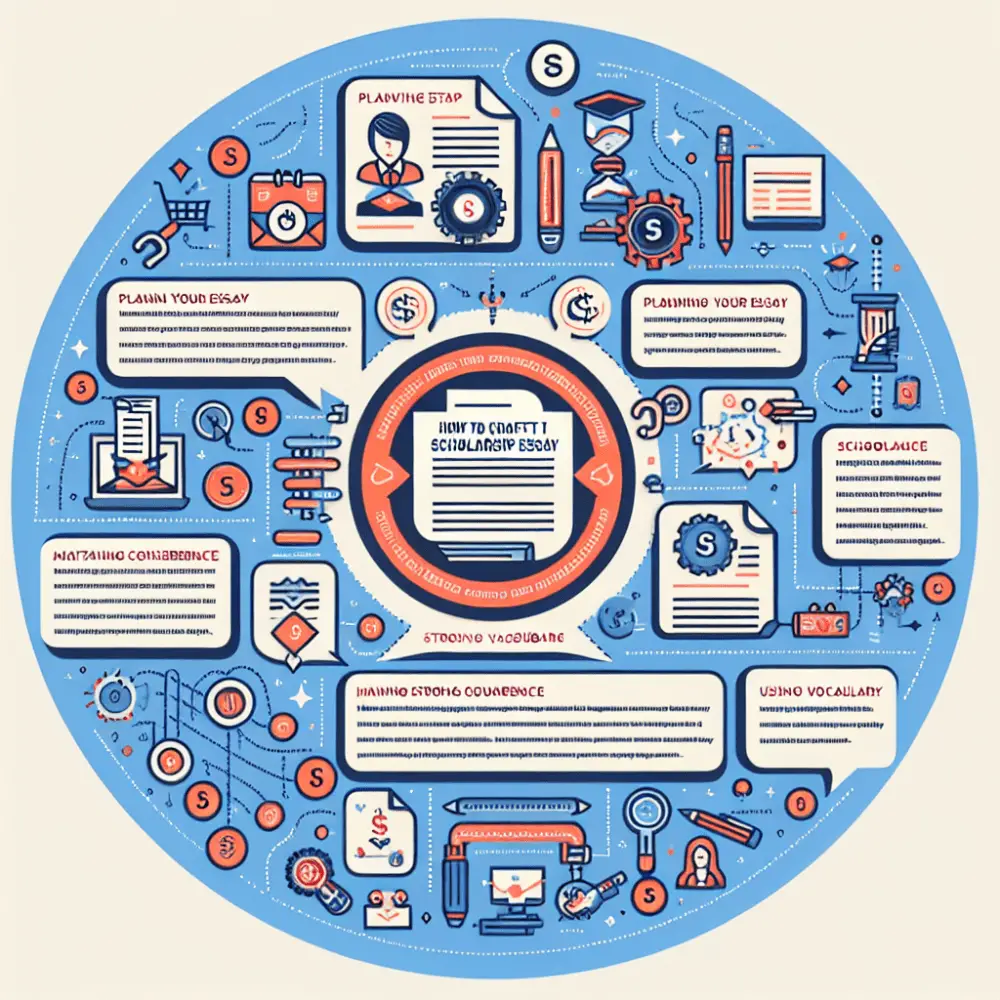
Applying for scholarships can be an overwhelming process, and one of the most daunting components is often the scholarship essay. Crafting a perfect scholarship essay requires careful planning, thoughtful writing, and a keen understanding of what scholarship committees are looking for. This article offers tips and tricks from experts to help you create a compelling and effective essay that can increase your chances of securing funding for your education.
Understanding the Prompt
One of the first steps in crafting a stellar scholarship essay is understanding the prompt. Many applicants make the mistake of not fully addressing what is asked in the prompt, which can significantly reduce their chances of success. Before you begin writing, take time to analyze and break down the question into its key components.
Experts recommend looking for keywords in the prompt that indicate what type of response is required. Is it asking for personal experiences? Is it focusing on your academic achievements or community service? By identifying these elements, you can tailor your essay to meet specific expectations.
Brainstorming Ideas
Once you have a clear understanding of the prompt, it’s time to brainstorm ideas. This step involves generating as many potential topics as possible without worrying about structure or grammar. The goal here is to come up with several ideas that could serve as the backbone of your essay.
Experts advise using techniques such as mind mapping or free writing to explore different angles. Consider reflecting on significant life events, challenges you’ve overcome, or unique aspects of your background that align with the scholarship’s mission.
Creating an Outline
After brainstorming potential topics, the next step is to create an outline. An outline serves as a roadmap for your essay and ensures that your thoughts are organized logically. It helps prevent rambling and keeps you focused on addressing all parts of the prompt.
A typical outline might include an introduction, body paragraphs, and a conclusion. In each section, jot down key points or anecdotes you want to include. This preliminary organization will make it easier when it comes time to write your first draft.
Writing a Compelling Introduction
The introduction is crucial because it’s your first chance to grab the reader’s attention. Experts emphasize starting with something engaging like an interesting fact, quote, or personal anecdote related to the topic at hand.
Your introduction should also clearly state what you will cover in your essay without giving away too much detail upfront. Think of it as setting up a storyline that encourages readers to continue reading because they are intrigued by what comes next.
Telling Your Story in Body Paragraphs
The body paragraphs form the heart of your essay where you expand on key points outlined earlier. Each paragraph should focus on one main idea and provide evidence or examples to support it.
Experts suggest being honest and authentic in this section because scholarship committees are looking for genuine insight into who you are as an individual beyond grades or test scores alone. Use specific examples rather than general statements so readers can relate better emotionally with what you’re saying.
Showing Rather Than Telling
One effective technique recommended by experts involves showing rather than telling experiences wherever possible. This means illustrating points through vivid descriptions rather than simply stating them outright. Instead of saying “I am hardworking,” narrate situations demonstrating diligence, such as staying up late nights finishing school projects despite fatigue. This approach helps your stories resonate more deeply, illustrating personally meaningful contexts and bringing your words alive vividly.
Keeping It Concise
While sharing personal anecdotes is important, bear in mind the word limit constraints. Ensure each sentence contributes to the overall narrative and avoid unnecessary tangents. Maintaining succinctness and clarity throughout will keep the reader engaged consistently, striking a balance between depth and brevity while effectively conveying your essence.
Crafting a Memorable Conclusion
Conclude by reiterating the main points emphasized in your essay, tying everything together neatly and reinforcing the central theme. Leave a strong final impression with a compelling call to action or reflection on your future aspirations, closely aligning with the vision and values of the funding body. Emphasize the significance of the opportunity and its transformative potential in realizing your dreams. Express appreciation and gratitude for the consideration and support extended, highlighting the collaborative spirit and shared commitment to advancing collective goals.
















